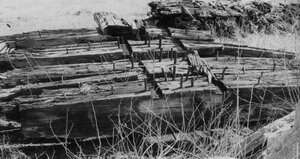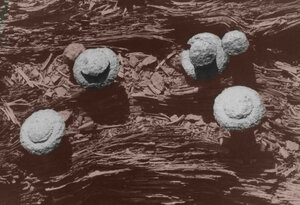- Joined
- Dec 1, 2016
- Messages
- 6,341
- Points
- 728

to use fasteners or not is really not a debate it is a personal preference.
when the museum model shop tested various fasteners they found out using tiny wooden pegs (treenails) would easily break, so using wood as a mechanical fastener to actually hold parts together failed at a small scale. One of the best ideas is to use copper, silver, brass or stainless steel wire.
OR
plastic
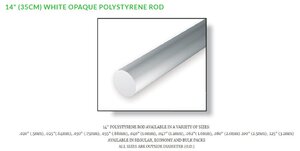
pounding in plastic rods actually held up really good
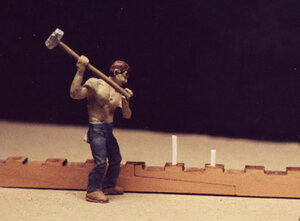
the one issue with the rods is the only color available is white
so to fix that problem
drill a hole slightly larger than the plastic rod
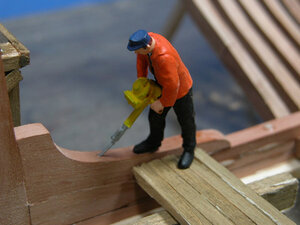
then use an expanding glue and dip the end of the rod into the glue and drive it into the hole. The glue will ooze up around the rod
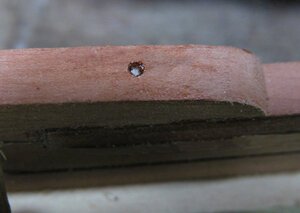
and the glue will expand out and over the top
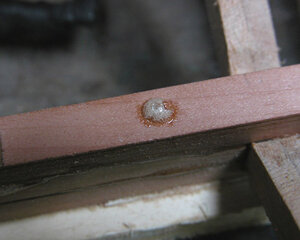
once dry a quick pass with fine sandpaper and a perfect looking strong peg and a neutral color.
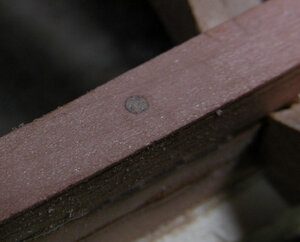
when the museum model shop tested various fasteners they found out using tiny wooden pegs (treenails) would easily break, so using wood as a mechanical fastener to actually hold parts together failed at a small scale. One of the best ideas is to use copper, silver, brass or stainless steel wire.
OR
plastic

pounding in plastic rods actually held up really good

the one issue with the rods is the only color available is white
so to fix that problem
drill a hole slightly larger than the plastic rod

then use an expanding glue and dip the end of the rod into the glue and drive it into the hole. The glue will ooze up around the rod

and the glue will expand out and over the top

once dry a quick pass with fine sandpaper and a perfect looking strong peg and a neutral color.

Last edited:



